Ashika Morasiewicz
Outdoor Adventurer from the North Shore, BC
Philosophy of a Social Media User
Posted on March 21, 2016 by Ashika Morasiewicz
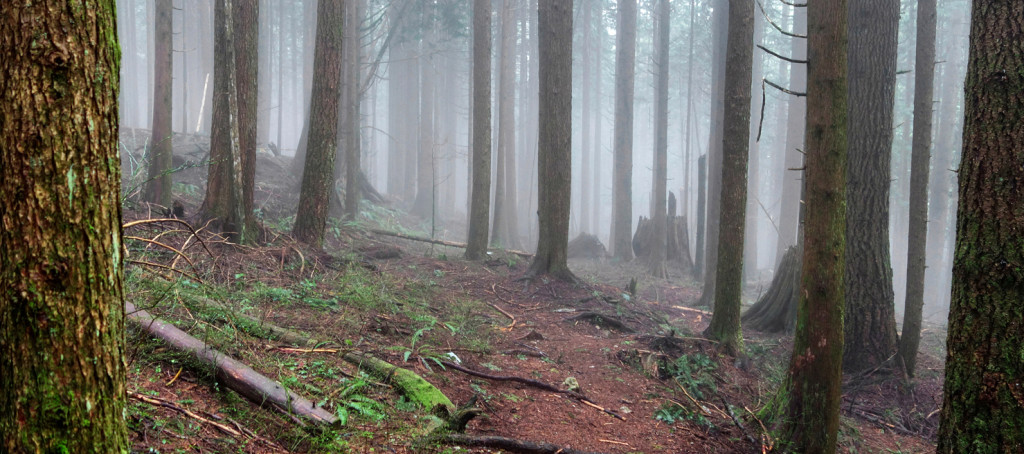
It’s taken the better part of a school year to figure this out; I’ve realized my time isn’t as abundant as it was when I was 18 years old.
My adventures and, subsequently, my blog entries have slowed down. I’m allocating much of my time into papers, exams, projects, and research. I’ve given up numerous weekends to these things and, collectively, I think it has taken a toll on me. I was of the mindset that school would be a Monday – Friday gig and I could continue doing what I do every weekend; spend time outside. Instead, in order to stay on top of things, I’ve had more ‘inside’ days than I’m happy to admit. I realize there are two reasons why this has become troublesome:
- My expectations of student life were absurd.
- Social media influences.
That’s right, I’m going there.
If you follow my site, you’ll know I’m an avid social media user and I (used to) post content regularly. Social media sites were a positive resource where I hoped to inspire others and be inspired in return. In recent months, my attitude towards social media channels started to change. My Instagram and Facebook accounts were becoming a source of frustration instead of motivation. Rather than a helpful tool to share and see uplifting content, social media was becoming a burden that was causing negativity. Why was something with such potential failing to live up to the hype? Scholarly research on different aspects of social media largely focus on the positive notes and benefits; a lot less is known about the dark side of social networking sites and the negative outcomes from engagement [1].
Social media channels provide copious amounts of potentially useful social data. These tools allow easy access to real-time information about the activities, events, and conversations happening across diverse social networks. This new inundation of social information has provoked a new phenomenon referred to as ‘Fear of Missing Out’, commonly known as FoMO [2].
FoMO is defined as a form of social anxiety – a compulsive concern when one might miss an opportunity for social interaction, a novel experience, or any other satisfying event. It is a compulsion, distinguished by the impulse to stay connected with what others are up to [2, 3]. “It begins with a pang of envy. Next comes the anxiety, the self-doubt, the gnawing sense of inadequacy. Finally, those feelings fizzle, leaving you full of bilious irritation.” [4].

For a while now, my social media channels have lead me to feel pressured to produce great content. Here’s a quick rundown of what happens: I head out for a hike – whatever and wherever I can squeeze into my schedule. During the hike, I feel obligated to spend time looking for a perfect social-media-worthy shot, rather than enjoy the experience for what it is. After the hike, I come home and open up a social media channel to post and browse through. During my browsing, I often perceive everyone, everywhere is reaching more epic vantages than myself. This overrules the reasons why I connect on social media in the first place.
I originally turned to social media for inspiration, trip ideas, terrain/trail condition updates, and more. I also use it as a subset of my website to inspire type 1 diabetics – the main reason for creating my blog. When did this change? It’s possible I feel like I’m missing out on things because I no longer have as much time to get outdoors and complete the sort of trips I’d like. Or, more likely, I spend too much time on social media.
Aside from experiencing FoMO, there are several other reasons why I feel pressure on the social media front. My short, medium, and long-term career goals involve engagement with the outdoor community. Social media is a cost-efficient and effective way to measure engagement; the more followers and likes I have, the more people are engaging in what I do. It made perfect sense until social media became ‘technical’.
I’ve read various reports and articles, which now seem comical, about how to grow your social media following. My first impression: brilliant! I’ll carry out the suggested steps to grow my accounts. In addition to these tips, I’ve observed people seem to engage more when I post pictures of summit views, Howe Sound vistas, and pictures of people. They dislike concise captions and enjoy vain, obscure, repetitive quotes about life and experiences. Consequentially, I started planning my trips based on views that would give me the best social media engagement, and not based on where I truly wanted to go. I spent a good chunk of time in the sea-to-sky corridor in the past few months because that’s where the ‘money shots’ were. In addition to changing the way I explored the outdoors, I wound up spending five to ten minutes each day liking dozens and dozens of random outdoor pictures, and using copious amounts of #hashtags and @mentions within my own posts – because that’s what I was supposed to do to increase engagement.
Below are some photos I collected through one channel of social media (Instagram). Click on the photos and read the captions for my ideas/opinions on how these users, along with so many others, have similarly fallen under the social media trap:
There’s nothing wrong with posting pictures to advertise yourself as long as your motives are clear. There are dozens and dozens of users I love to follow because their online enthusiasm and openness shine bright. A *few* people I enjoy following are Solana Klassen, Erik Hansen, Sarah Hart, and Steve Richert. Their messages are simple and their energy is contagious. When flipping through their pictures and/or reading their posts, I can see their enjoyment for what they do and not for how they benefit from posting.
I recently started questioning: why? What’s the point and how is this beneficial? Why do I want to be noticed? I was getting a decent amount of engagement and my followers grew noticeably, but why do I really care about the likes I get on my pictures? How does it serve me? And more importantly, who are these people? With the array of reports and articles on how to grow your social media accounts that are widely available online, how do I know the likes I get are real/authentic? How do I know they’re not like me and only liking pictures in attempt to grow their audience? Coincidentally, I feel less authentic.
When I started wondering why, I realized I’m a paradox. I have a growing hate for social media, but I use it regularly. I want engagement, but question it when it comes my way. I want to inspire people through simplicity, but I produce grandiose content. I want to be known as an authentic person, but my motives have become spurious.
To explore my thoughts about social media influences and the direction I seemed to be headed, I researched the negative effects of social networking sites. Peer reviewed studies suggest there is a negative correlation between the amount of time a person spends on social networking sites and their quality of life. The amount of time spent generating content and managing multiple accounts may explain this link [5]. Social media relations are linked to reduced self-esteem, cognitive overload, and feelings of distress. Depending on the type of interaction used: relational, communicative, or informational, more frequent interaction is linked to greater distress [6]. Other studies support that more frequent use of social networking sites are associated with a significant decrease in well-being. This involves linking to two separate elements of self-assessed well-being: how people feel moment to moment and how satisfied they are with their lives [7]. Generally speaking, research shows that social media users can end up feeling inferior after spending time on social networks. Please note, as with many peer reviewed studies, limitations and future research directions have been established for all of the above.
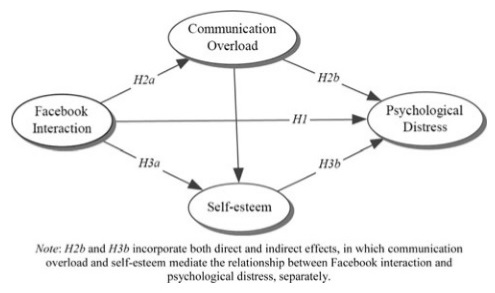
I’ve been thinking back to why I decided to write (see the about me section of my blog) and share my trips and details with the world. I originally started hiking solely for the enjoyment. I was both intrinsically and extrinsically motivated. I was motivated to physically push myself, acquire new skills, and learn how to move on various forms of terrain. I did it for the sense of accomplishment, goal achievement and health benefits of aerobic exercise. On the flip side, I enjoyed showing others what I can do with a chronic condition and with no athletic background (in hopes to inspire other type 1 diabetics), and I enjoyed showcasing pictures of the places I’ve seen.
In the past, a giant tree in the midst of a second growth forest excited me. Sub-alpine meadows and lakefront tent spots below tree line were as stunning as ones with majestic views found above tree line. Until recently, I never felt obliged to spend time in the mountains and I never sought validation from others.
People are social creatures and that is a big part of why we seek out interactions [8]. In the past, those needs were met online via MSN Messenger, MySpace, etc. Currently, we use Facebook, Instagram, Snapchat, and other networking sites. Eventually, new social networking sites will emerge and users will have to rebuild their following on a new platform. Social media sites have a shelf date [9]. When users lessen and overall engagement declines, what will I have left? I will have an informative and hopefully inspirational website/blog, and perceptive ideas that don’t involve validation from others. The main idea here is I will have other means to sustain my ventures when social media falls.
I love sharing my outdoor experiences with the world and I will continue to do so in a slightly different way. I plan to focus less on what I may be missing out on and more on what I’m able to do with my time. To start, I’ll be spending less time on social media; in order to achieve this, I’ve shut off notifications and unfollowed a number of pages and accounts to help de-clutter my feed. I’ll be posting less frequently and using fewer hashtags and @mentions because I’m still not sure it serves a purpose. I’m working on refocusing my trips and plans to areas I’m interested in exploring, not just the ones that offer epic views for others to virtually ‘like’. These steps should help decrease the effects of FoMO and maintain personal well-being in an inflated social world in which users are expected to engage, share, and like more and more.
– Ash
References:
1. Fox, J., & Moreland, J. J. (2015). The dark side of social networking sites: An exploration of the relational and psychological stressors associated with facebook use and affordance. Computers in Human Behavior, 45, 168-176. doi:10.1016/j.chb.2014.11.083
2. Przybylski, A. K., Murayama, K., DeHaan, C. R., & Gladwell, V. (2013, July). Motivational, emotional, and behavioral correlates of fear of missing out. Computers in Human Behavior, 29(4), 1841-1848. doi:10.1016/j.chb.2013.02.014
3. Vaidya, N., Jaiganesh, S., & Krishnan, J. (2016). Prevalene of Internet addiction and its impact on the physiological balance of mental health. National Journal of Physiology, Pharmacy and Pharmacology, 6, 97-100. doi:10.545/njppp.2015.5.0511201588
4. Anderson, H. (2011, April 17). Never heard of Fomo? You’re so missing out. Retrieved from The Guardian: http://www.theguardian.com/commentisfree/2011/apr/17/hephzibah-anderson-fomo-new-acronym
5. Bevan, J. L., Gomez, R., & Sparks, L. (2014). DIsclosures about important life events on Facebook: Relationships with stress and quality of life. Computers in Human Behavior, 39, 246-253. doi:10.1016/j.chb.2014.07.021
6. Chen, W., & Lee, K.-H. (2013). Sharing, Liking, Commenting, and Distressed? The Pathway Between Facebook Interaction and Psychological Distress. Cyberpsychology, Behavior, and Social Networking, 16(10), 728-734. doi:10.1089/cyber.2012.0272
7. Kross, E., Verduyn, P., Demiralp, E., Park, J., Lee, D. S., Lin, N., . . . Ybarra, O. (2013). Facebook Use Predicts Declines in Subjectie Well-Veing in Young Adults. Plos One, 8(8), e69841. doi:10.1371/journal.pone.0069841
8. Karapanos, E., Teixeira, P., & Gouveia, R. (2016). Need fulfillment and experiences on social media: A case on Facebook and WhatsApp. Computers in Human Behavior, 55, 888-897.
9. McKay, T. (2014, Jan 22). Study: Facebook Will Soon End Like Another Failed Social Media Site. Retrieved from Mic: http://mic.com/articles/79721/study-facebook-will-soon-end-like-another-failed-social-media-site#.XHRVYJk6X
Category: Thoughts Tags: Peer Reviewed, Social Media
5 Comments on “Philosophy of a Social Media User”
Leave a Reply to Ron Cancel reply
Search
Explore
Favourite Quote
“You can’t stay on the summit forever; you have to come down again. So why bother in the first place? Just this – what is above knows what is below, but what is below does not know what is above. One climbs, one sees. One descends, one sees no longer, but one has seen. There’s an art of conducting oneself in the lower regions by the memory of what one saw higher up. When one can no longer see, one can at least still know.”
Copyright © 2025 · All Rights Reserved · Ashika Morasiewicz
Personal Websites by Yellow Hat Media · Wordpress Hosting · RSS Feed · Log in
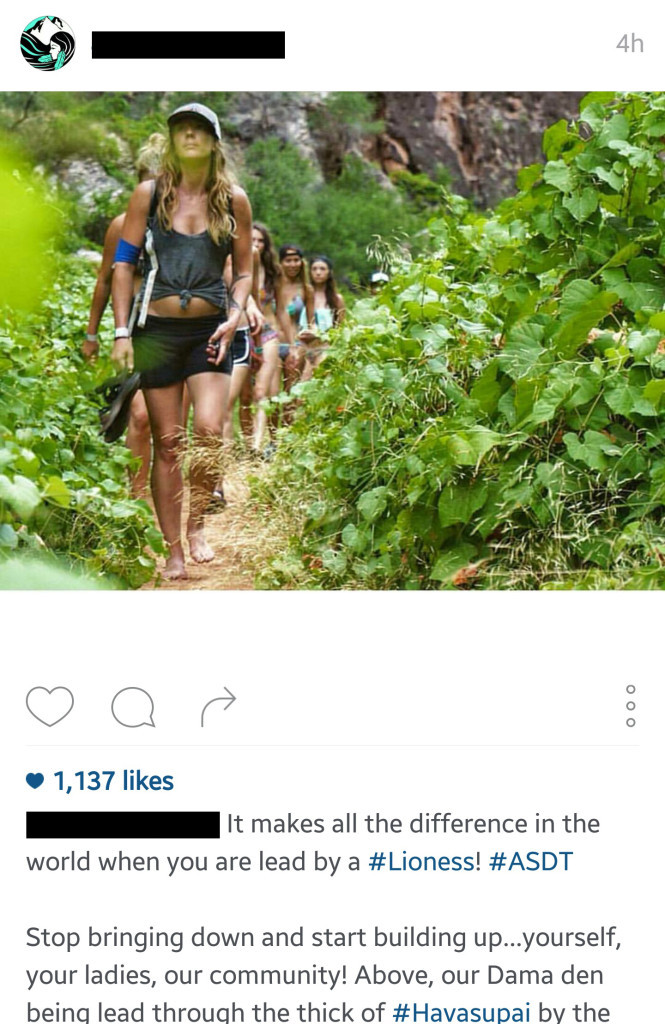
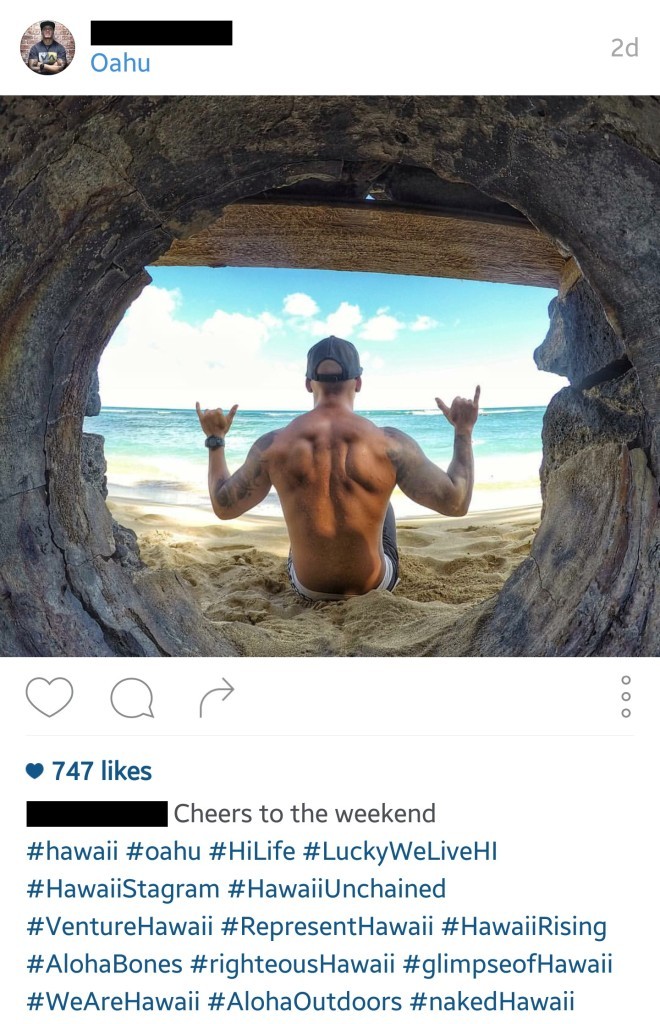
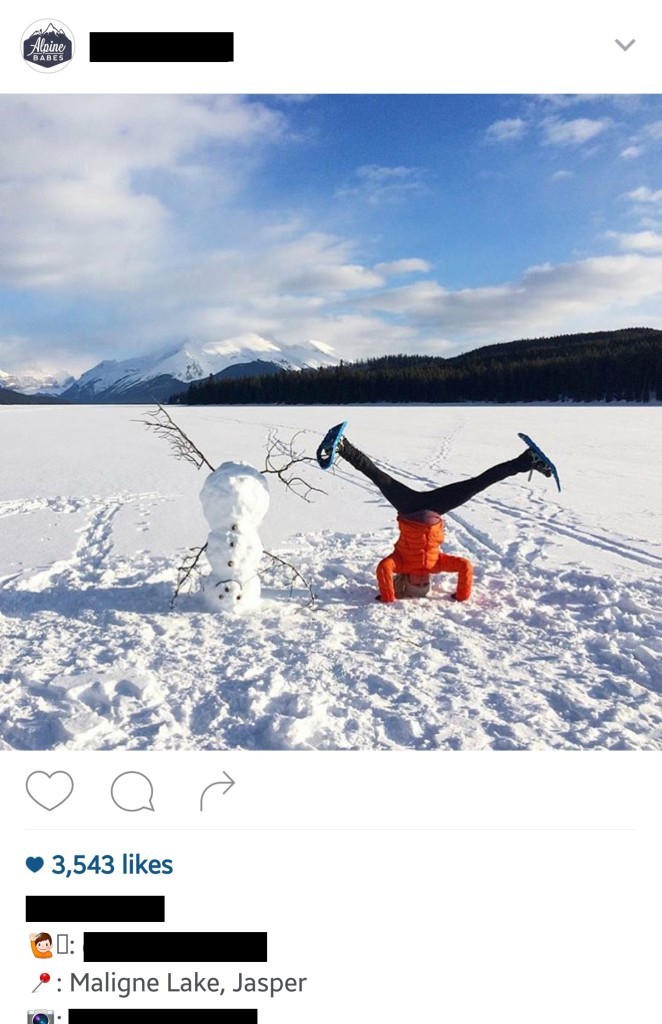
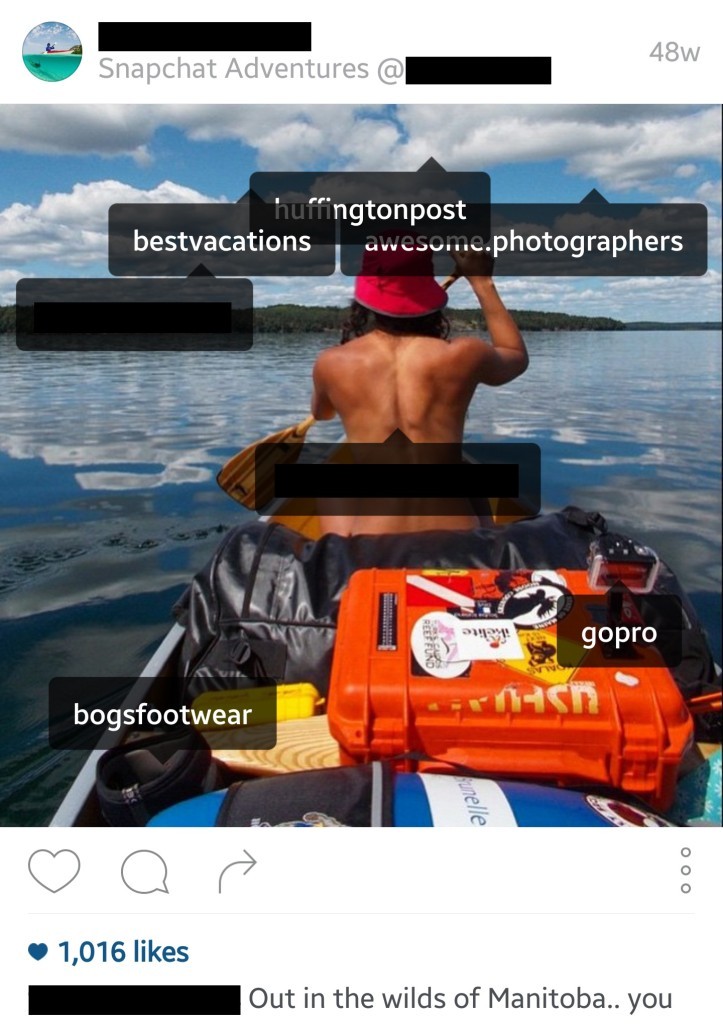
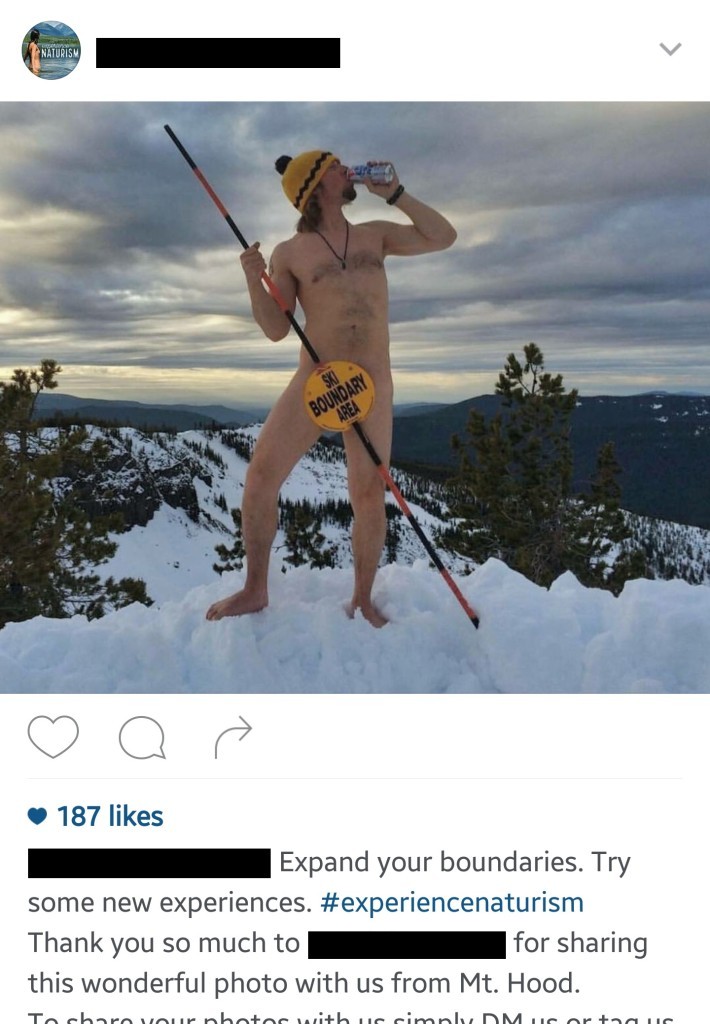
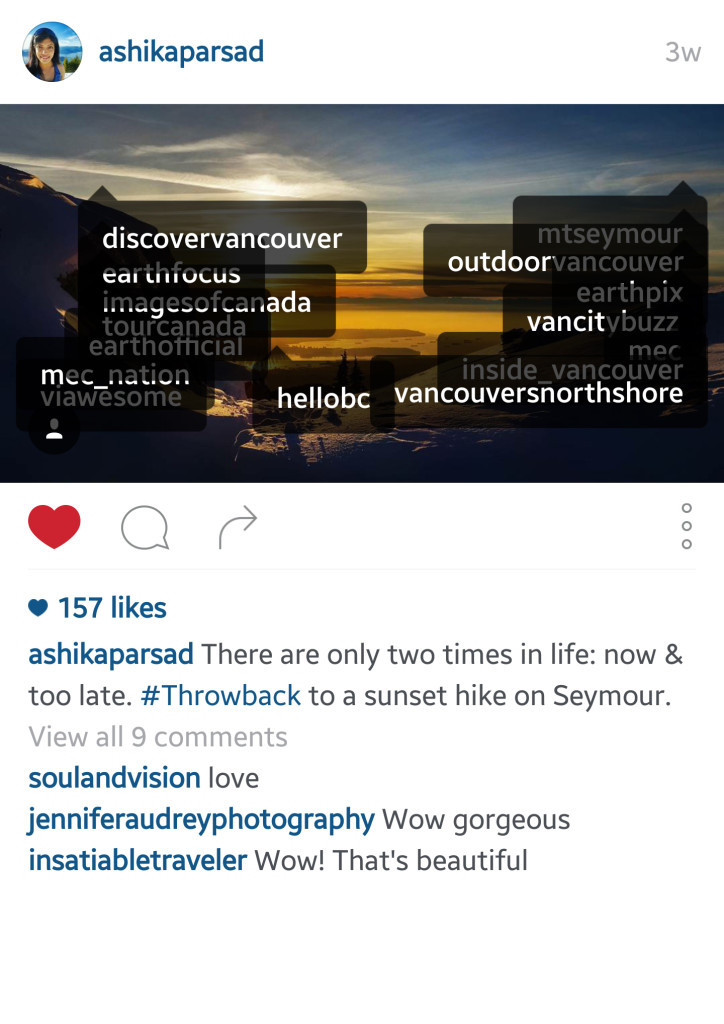
Write, #,@ much less… stop, look, breath (inspire) more. Take your shoes off and let the earth squish up through your toes and notice what you feel…enjoy the tickle from mother earth. When you are out there connecting with nature note the things that make you smile (inside and out) and comment on those things… not the things you think other might like to hear about…the things you find inspiring (breathtaking). Trevor
Thanks Trevor, great advice. I like the idea of taking my shoes off lol.
Hi Ashi
Your points are valid about social media and how it controls and even overwhelms one’s life to the point that a lot of people are so caught up with it that it dominates their life. I guess it is human nature to post adventures based on what people would like to see and not wanting to disappoint readers.
“.. the more followers and likes I have, the more people are engaging in what I do”… I would just like to add that it does feel good to have more likes and comments however this is the downfall of social media. I have experienced something like this on photo sharing websites where getting a lot of responses from people all depends on how “popular” a person is which is dependent on how many friends one has in real life, social media sites etc. For example, I’ve seen some great photos with hardly any comments from people and on the other hand, I’ve seen some not-so-good photos which draws a lot of comments. This ticked me off and I quit posting to any photo sharing websites.
The same can be said about Club Tread. It appears that unless someone posts ‘epic’ adventures, you don’t get the comments (or +1) from readers even though their post may be interesting or filled with nice photos. I’ve noticed over the years how CT was once a place where there was a lot of interaction when trip reports were posted and now has drifted away into more about discussions on various topics. I’m not saying this is good or bad but I thought that the main purpose of CT was to share trip reports. I should also mention that new members will find it difficult getting any interaction with their post and it appears that trips based in BC garner more interest that those elsewhere in Canada. A lot of older members (including myself) now pay little interest with CT because it just doesn’t appear to be the same anymore.
I, myself, am not on any social media at all therefore it doesn’t affect my lifestyle. I tried google+ for a while but the people who want you to join their circle don’t have any common interest and unless you post and interact regularly people don’t have much interest in you as a follower. I’ve also quit posting at my blog on Blogger and just use the rather anonymous blog at my photo website (which is not a photo sharing one by the way). Getting back to the photo sharing website, I’ve read where even some professional photographers have found them meaningless as they prefer to take photos for themselves rather than based upon what others might think. I’m glad to see that you have taken steps in not being ruled by social media sites and when you do things, do it for yourself first because that is where the satisfaction lies…not on what others might think.
Ron
Hi Ron, thanks for the note. I agree with all points above. I’m not on any photo-sharing sites but I can see what you’re talking about on social media channels and even CT – about the more ‘epic’ posts/vantages getting a lot more traction and the smaller things getting left behind. I also see what you mean where popular accounts posting mediocre content get a lot of traction and smaller accounts posting great content get less engagement – it goes to show that social media sites (and photo-sharing sites?) can be more of a popularity contest than anything else.
I’ve stopped using clubtread as a place to get trip ideas and moreso use it for conditions updates in the off-season. Mostly because a lot of the old users have left and I don’t see great quality trip reports on areas I’m interested in. That said, there are still a decent number of CT users posting good content and details about their trips.
I’d love to see your pics on the more anonymous blog if you’d like to share the link? Thanks for touching base and I hope you’re doing well.
Hi Ash,
Here is the link http://photoscapes.zenfolio.com/
I haven’t done much in the way of outdoors except small trips at the local Elk Falls Park. When the restrictions for snow tire use for traveling the highways expires at the end of the month then I’ll be heading to Strathcona Park. I’ve been trying to shoot more vids with my camera and hopefully do more backpacks this year.
I will be looking forward to your trips also.
Ron